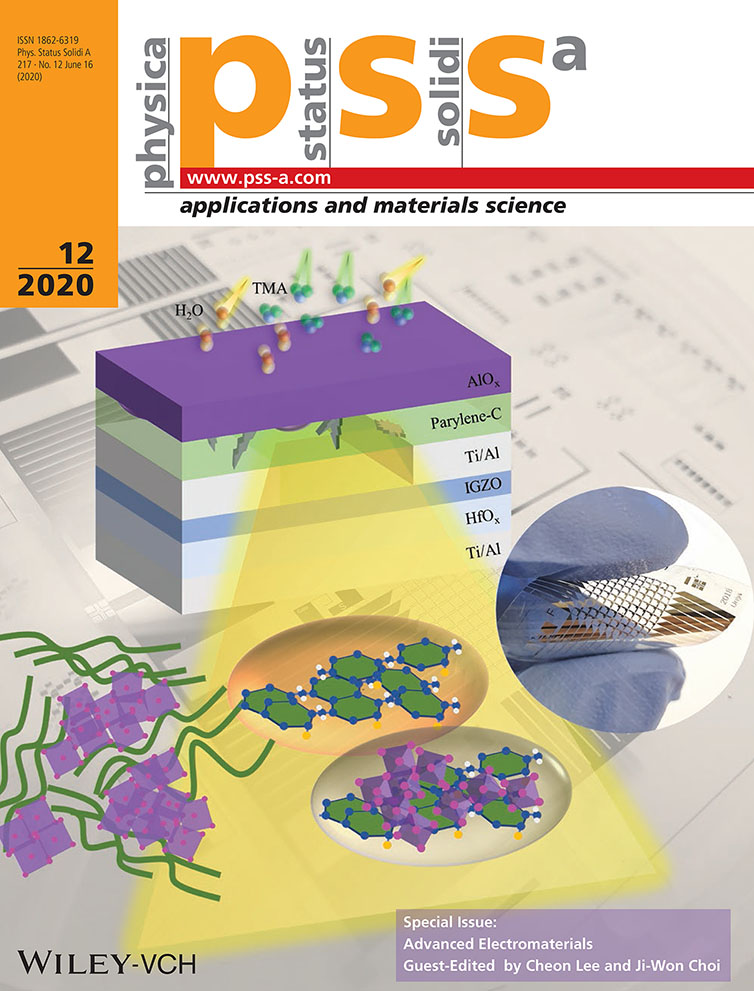Rare Metal-Free High-Performance Zinc–Tin Oxide Thin Film Transistors Using Efficient Energy Conversion of Microwave Annealing
Abstract
Herein, a rare metal-free oxide-based semiconductor channel layer is constructed with excellent electrical properties and stabilities by fabricating zinc–tin oxide (ZTO) thin film transistors (TFTs) using tin (Sn) as the dopant element in ZnO. Furthermore, to improve the performance and stability of ZTO TFTs, microwave annealing (MWA) powered by energy conversion from electromagnetic energy to heat energy rather than heat transfer is conducted as the post-deposition annealing (PDA) process of the ZTO channel layer. As a result, the electrical performance of ZTO TFTs is improved by MWA despite the much shorter PDA time because of the efficient energy transfer compared with that of furnace-used thermal annealing (FTA) in conventional furnaces. The ZTO TFTs subjected to MWA exhibit a high on/off current ratio of 1.7 × 107, a high field-effect mobility of 20.6 cm2 V−1 s−1, a small hysteresis voltage of 0.9 V, and a low interface trap density of 1.8 × 1012 cm−2 eV−1. In addition, the instabilities due to the positive and negative gate bias stresses at various operating temperatures are evaluated, and the results show that the instability of the ZTO TFT is significantly reduced by MWA.
Conflict of Interest
The authors declare no conflict of interest.




